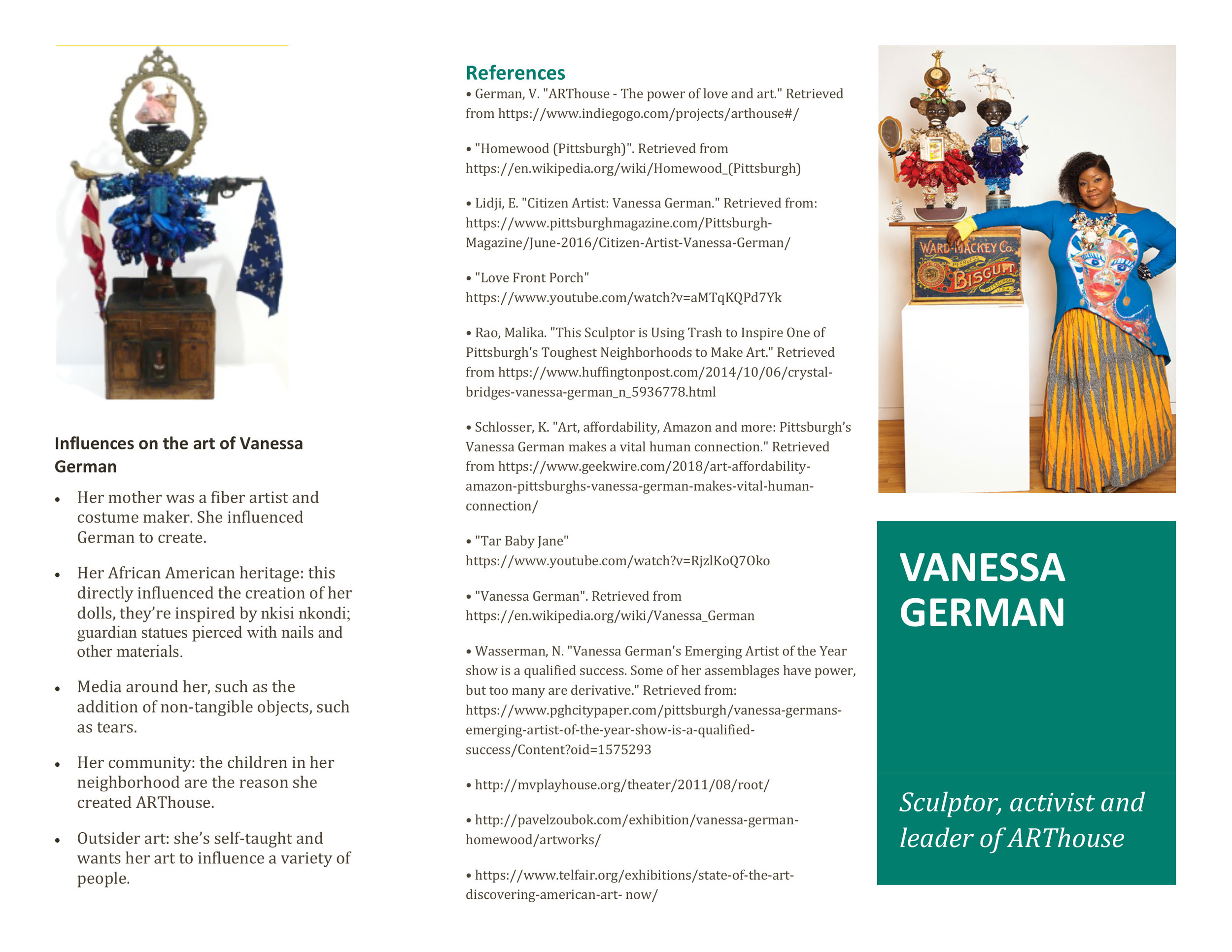While at Cowherd Middle School, I gave a lesson to my 6th grade students that involved creating a realistic self portrait using contour line and the canon of proportion. For the pretest prior to the lesson, I asked the students to draw themselves “realistically” in pencil only, and feel free to add as much detail as they wish. They were allowed to use mirrors or image references if desired. For the post-test, after teaching the students about drawing realistically and the canon of proportion, students were again tasked with drawing their likeness with contour line drawings. They then enhanced the drawings using pop-art influences and color schemes, however, I did not analyze this part of the image for the data.
For my analysis, I evaluated the images on three factors : the first was technical skill, which included proportions and realism of the image; the second factor was formal qualities, which measured the composition of the portrait and the amount of detail such as clothing or facial features like freckles; and the third was conceptual complexity, which measured any symbolic representation within the image, including details in clothing, or the addition of text or environment (for example one student put herself inside a drawing of a rear view mirror in the pretest).
The following were my results from my assessment for all 6th grade students:
Although students improved overall, technical skill and conceptual complexity increased the most. This was due to the emphasis of proportion, realism and symbolic representation during instruction. Formal qualities, measured by the composition of the portraits and details, did not increase as much. This was probably due to the lack of this being emphasized during instruction and also the fear of risk-taking inherent at the middle school age. Students tend to want to fit in with each other so unusual composition and risk taking with elements and principles are not as apparent.

























